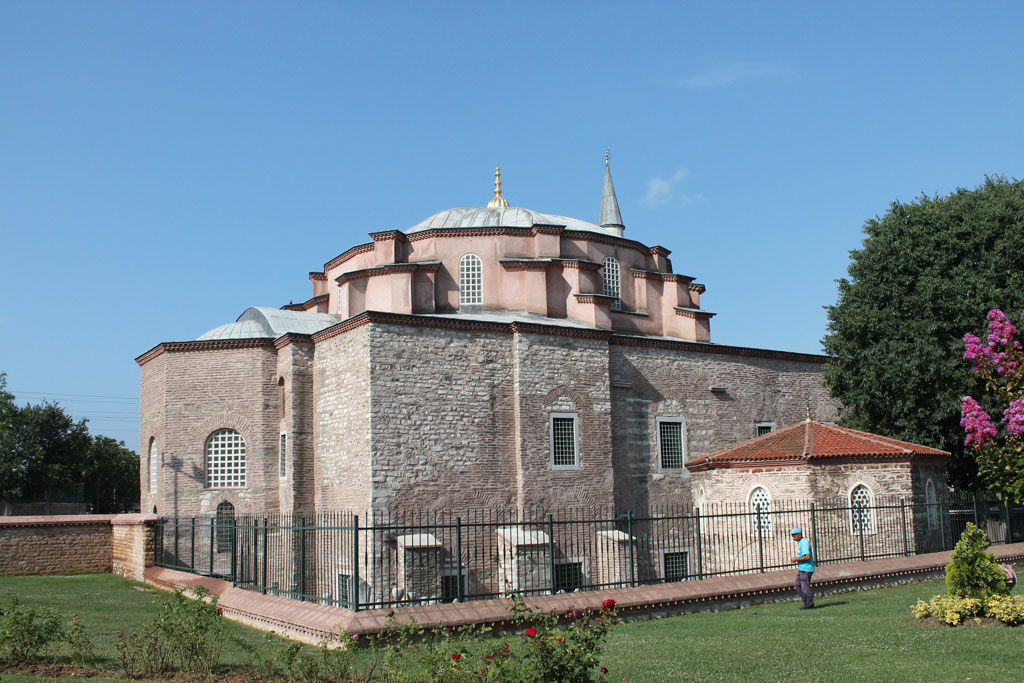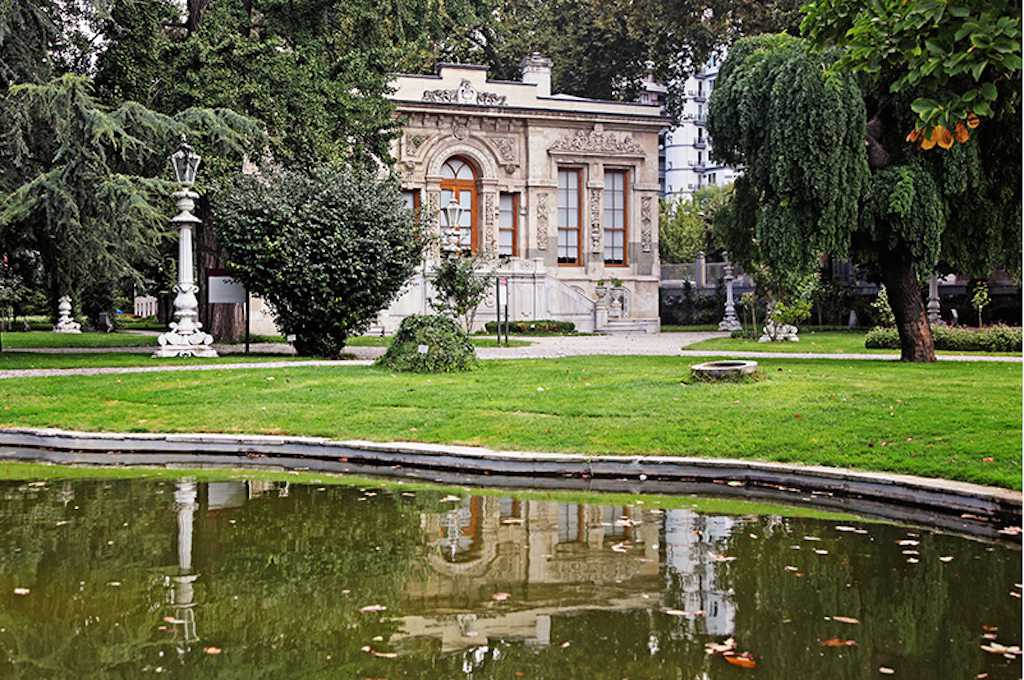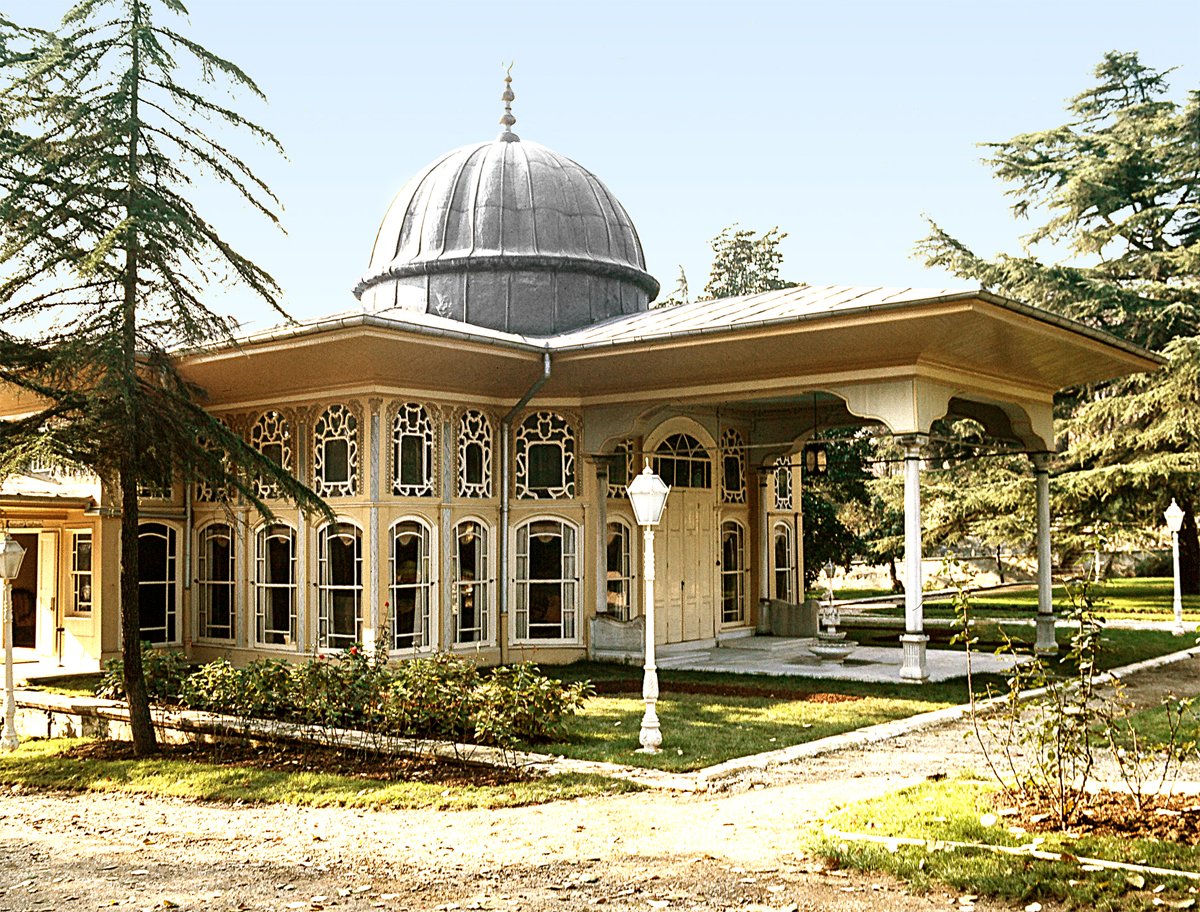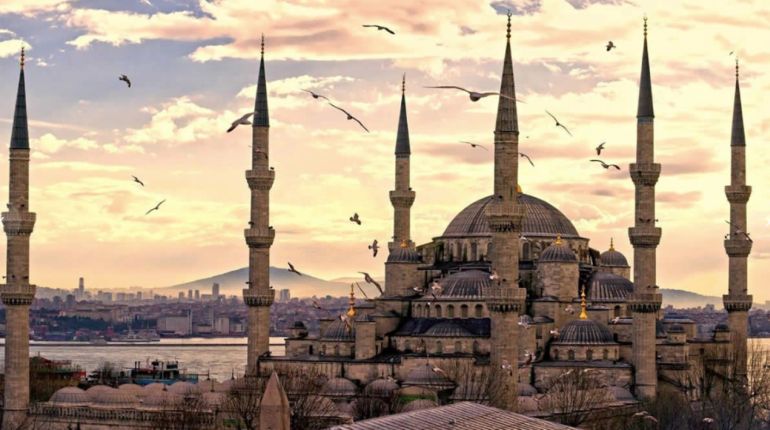Explore Beyoglu District in Istanbul
Explore Beyoglu District in Istanbul
Visiting the communities that make up the Beyoglu district is a must during your trip. Beyolu, which stretches from the entrance of the Golden Horn in front of the Galata Bridge and includes the Taksim Square and the huge pedestrian boulevard Istiklal, is much more than that.
Learn about Beyoglu Istanbul
This district, which is made up of a wide range of neighborhoods, the most well-known of which are Galata, Cihangir, and Karaköy, is important in Istanbul's history. It is the city's thermometer, symbolizing both Constantinople's glory and Istanbul's collapse in the 1990s. To comprehend Beyolu, one must first comprehend the city's past and present. The neighborhood of Karaköy, where the towering Banks Street, which symbolises the old headquarters of the Imperial Ottoman Bank, is one of the first sites that recalls the significance of this region. This majestic edifice, designed by the renowned architect Alexandre Vallaury, bears tribute to the Empire's great history with its neo-classical and neo-Renaissance exterior.
Cihangir
Cihangir, which stands parallel to Istiklal and faces the Bosphorus, is one of our favorite neighborhoods. It has been one of the city's most attractive areas for numerous years, dominating the Bosphorus and providing a spectacular view of the city. There live Turkish television stars, as well as significant persons from the arts, fashion, and entertainment worlds, as well as expats. A distinct vibe prevails here, with cafés, bars, and a bohemian way of life that resembles the Marais in Paris or Soho in New York. If the weather permits, stop by the 5. Kat Bar-Restaurant for a coffee or an aperitif on their roof while admiring the vista.
Cukurcuma
Cukurcuma, which is very close to Cihangir, is another wonderfully gorgeous area. It's now known as the antique store area, and you'll find everything there. Don't be afraid to haggle. The Museum of Innocence (Masumiyet Müzesi), which opened in April 2012, is well worth a visit. The museum's name comes from the title of a novel by the well-known Turkish author Orhan Pamuk, and it houses many of the artefacts referenced in the tale. The beauty and variety of these several neighborhoods attest to the rich legacy left by various groups throughout history; it is undoubtedly a visit that should be scheduled during your stay.
Galata
Galata is one of Istanbul's oldest neighborhoods, with the earliest evidence of settlement dating back many millennia BC. However, the Genoese, who came there in 1250 and constructed it on the model of a western metropolis, have left the most indelible impact on its history. The labyrinth of cobblestone lanes, flanked by large stone homes, lends it a distinct attractiveness, since it is located on a hillside. Still populated by well-to-do residents, it later attracted a diverse range of groups, including many Greeks and Jews who valued the Empire's excellent life and freedom. Istanbul's two main pedestrian thoroughfares, Taksim Square and Istiklal Avenue, are the city's epicenters. This plaza and street are busy at all hours of the day and night.
After a long period of decline from the 1950s to the early 2000s, this neighborhood regained its splendor in the early 2000s and is now popular with expats, fashionistas, and film industry professionals. Galata, on the other hand, remains a genuine neighborhood where all aspects of Turkish culture are represented. In addition to the many cafés, restaurants, shops, and concept stores, modest local businesses, Turkish tea rooms, and small artisans remind the area's metamorphosis in the 1950s.

































More posts by Gokce Nacar